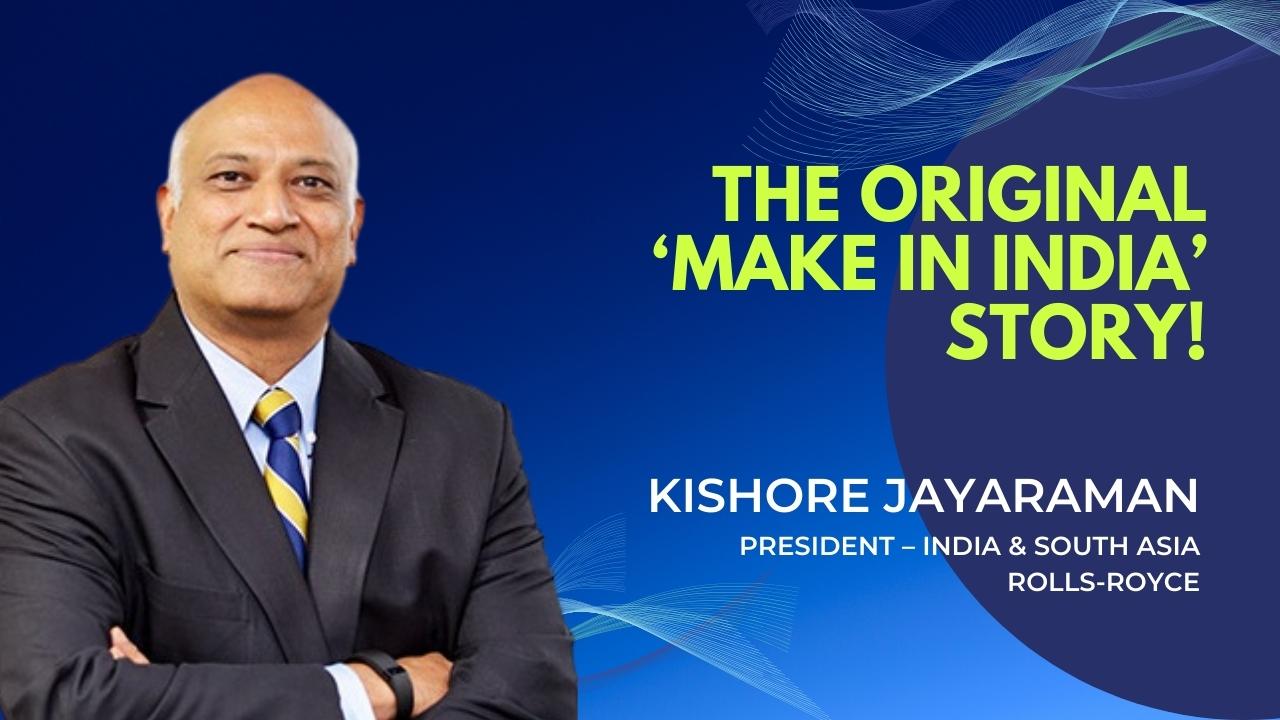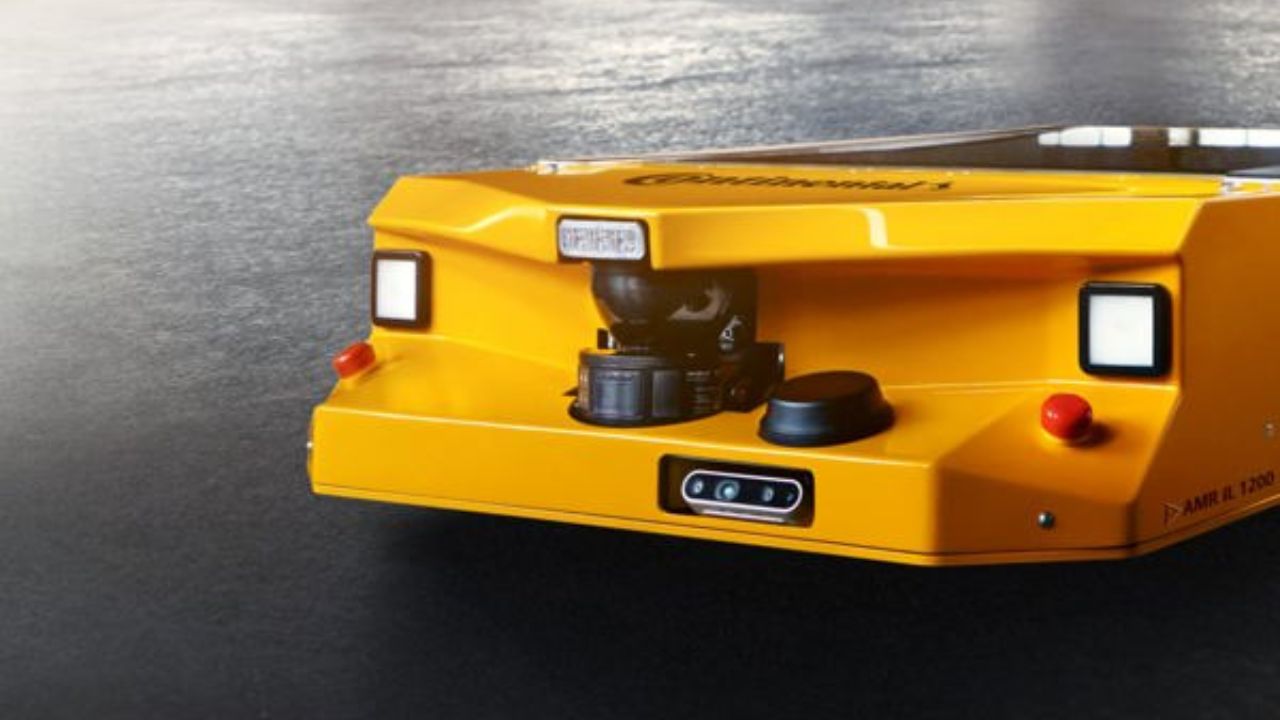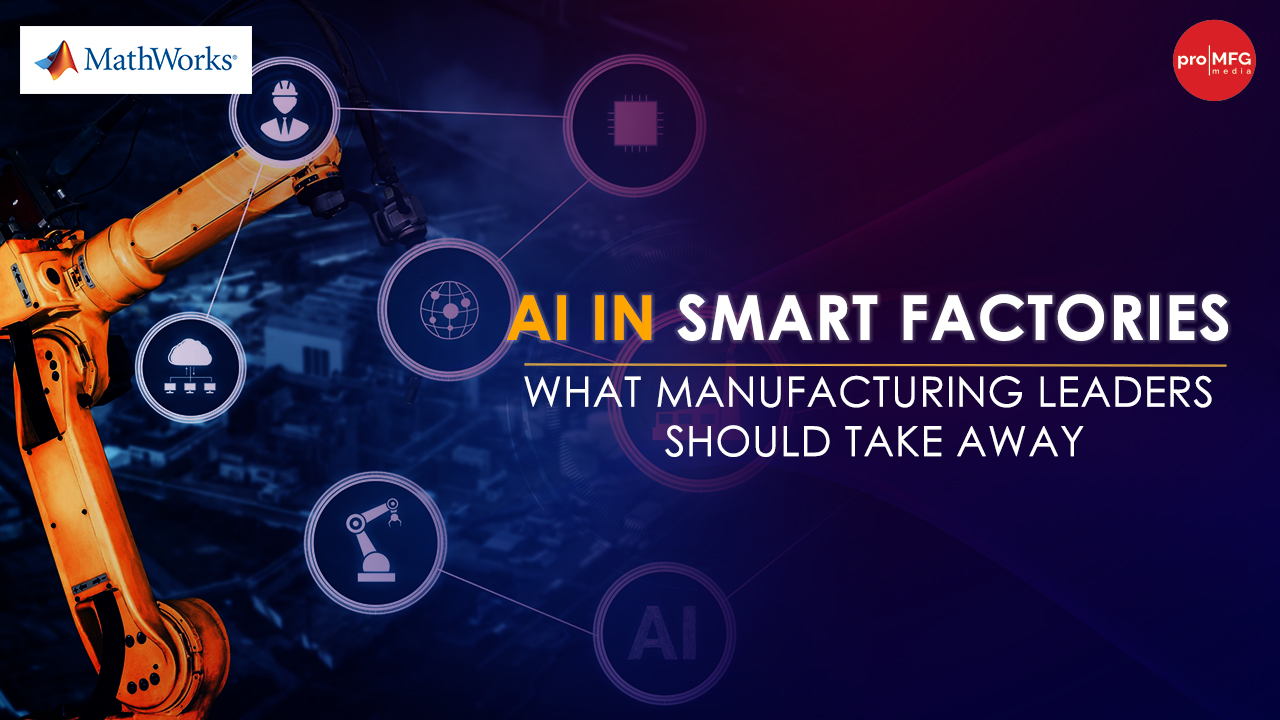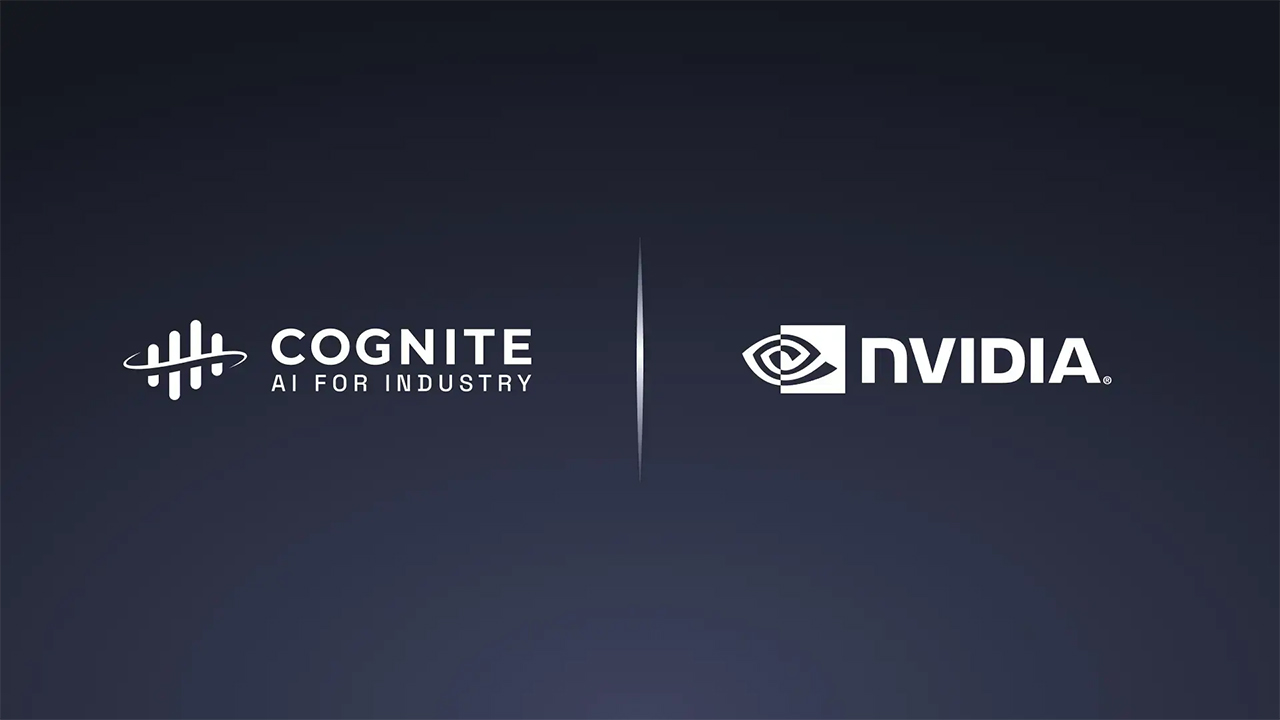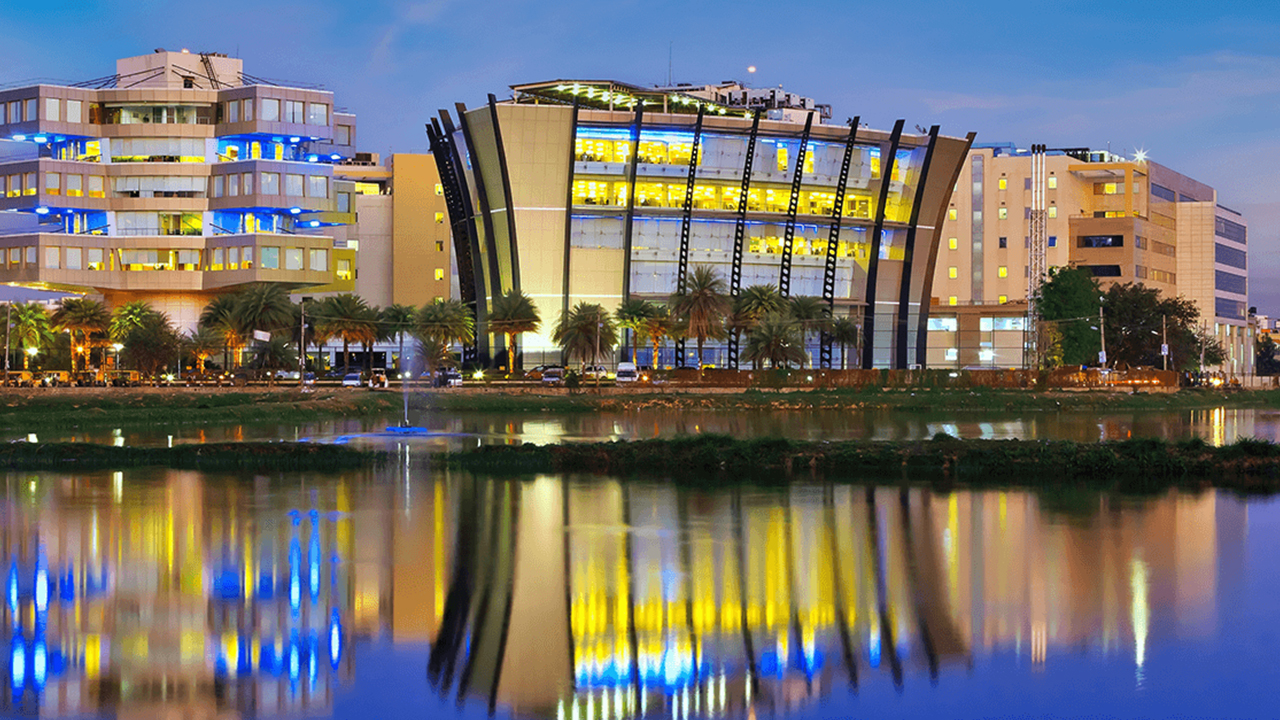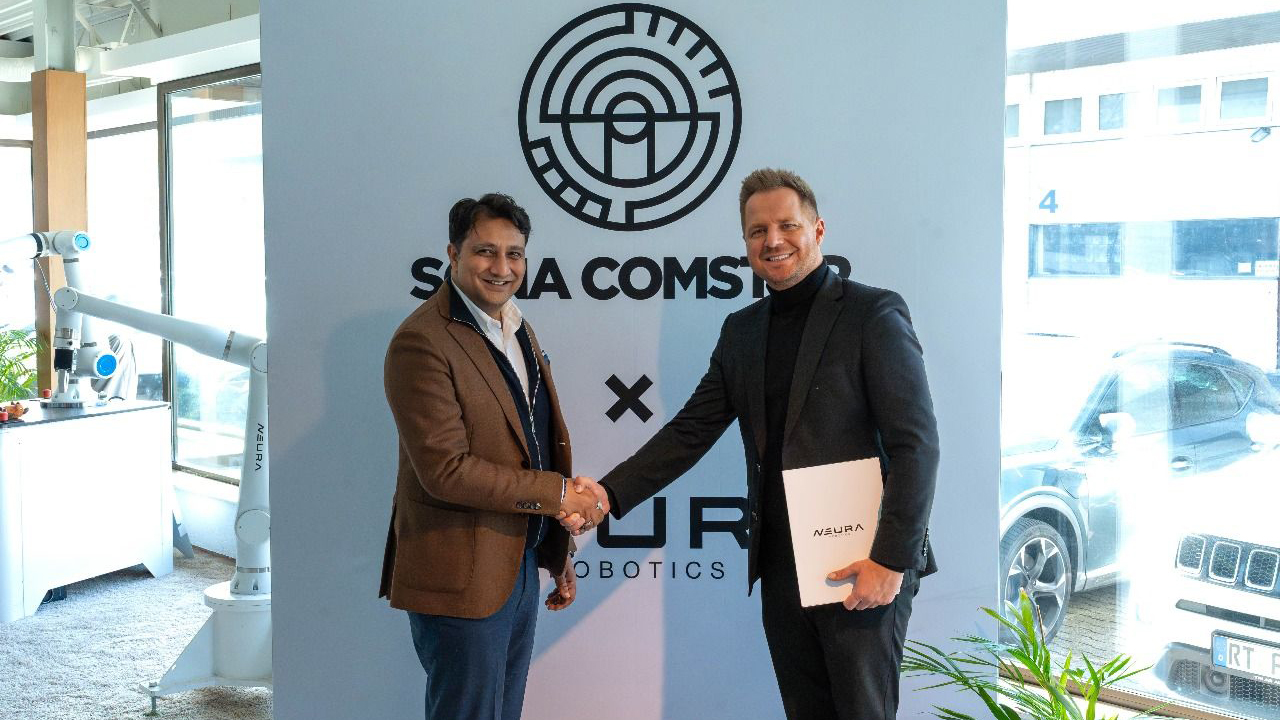Tata Steel Leads the Road to Digital Transformation as a Global Lighthouse
#TATASteel #DigitalTransformation #GlobalLighthouseAs part of the celebration of 75 years of India’s independence, the Centre for Industry 4.0 (C4i4) Lab organized the Azaadi Ka Amrut Mahotsav event. The event includes a four-part talk series, of which the second part was conducted on June 16 2021. Pro MFG media is the exclusive media partner for the four-part talk series.
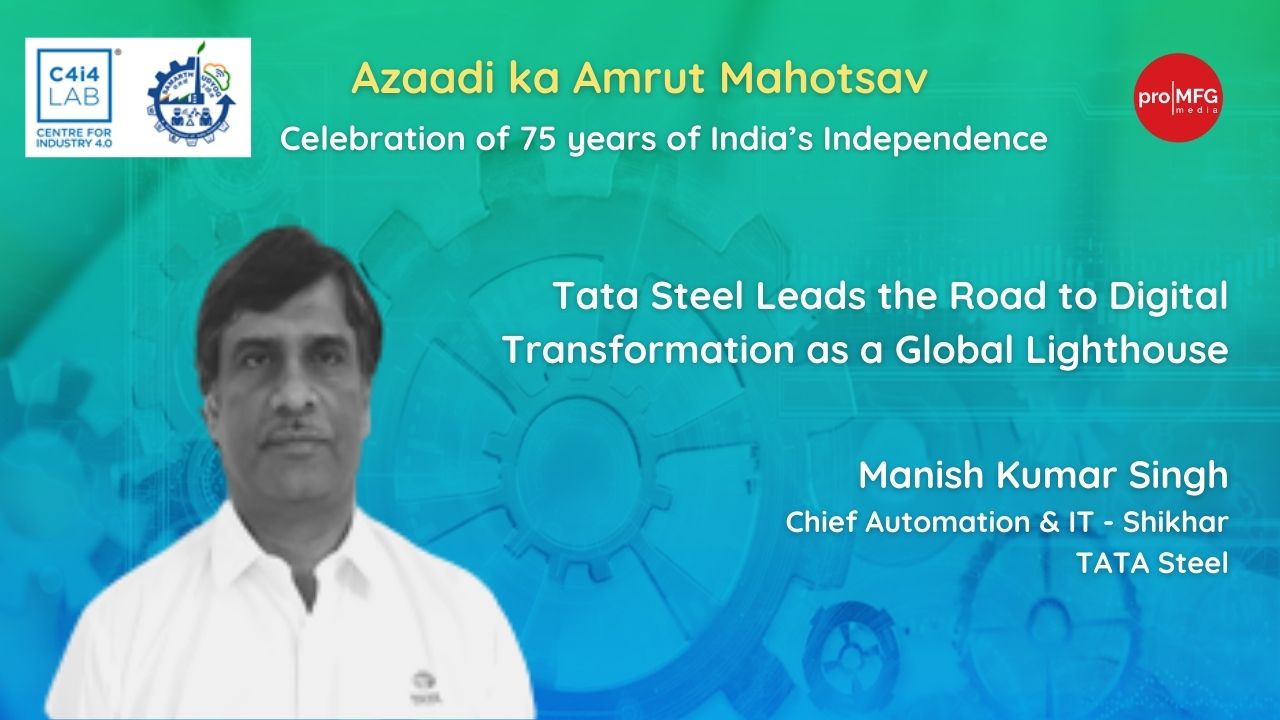
The second instalment of the talk series encompassed Tata Steel’s journey to being recognized as a Global Lighthouse factory. The Global Lighthouse Network is a flagship initiative of the World Economic Forum, wherein the factories are chosen for their leadership in implementing the Fourth Industrial Revolution (4IR) technologies towards financial and operational excellence. There are 69 sites across the world recognized as Global Lighthouses. The lighthouse factories are meant to lead the path for the optimal implementation of 4IR and promote cross-company learning and development within the manufacturing sector.
Representing Tata Steel at the event, Mr. Manish Kumar Singh, Chief Automation & IT - Shikhar, shared his key learnings from the company's journey to becoming a part of the Global Lighthouse Network by WEF. Hailing the feat as a key milestone in the digital transformation journey of Tata Steel, Mr. Singh emphasized on the obstacles overcome by the team due to the ongoing pandemic situation, and yet being able to achieve the Global Lighthouse status for both Kalinganagar and Jamshedpur plants of Tata Steel. He further mentioned that leveraging digital transformation is embedded in the vision and objectives of Tata Steel and that the seed of the journey of acquiring the Global Lighthouse title was sown back in 2017, when the company adopted an accelerated approach to the Digitalization journey.
Challenges in Digitalization of the Manufacturing Industry
Commenting on the talent acquisition perspective, Mr. Singh added that attracting and retaining digital talent was a real challenge owing to the pandemic. At the same time, he continued, the global pandemic has forced many companies to adopt digitalization and prepare themselves for the upcoming challenges.
Shedding light on the challenges faced in integrating legacy machines with the latest IIOT enabled systems, Mr. Singh pointed out that while it is indeed a tedious process to bring age old machines to a digital platform, it is definitely not impossible to do so. In fact, Tata Steel's Jamshedpur plant is a case in point. He stressed upon having a standardized framework for processes and that it's equally important for companies not to get bogged down under the pressure of complications related to the digital transformation of the various industrial layers involved. Consequently, once you get into clustering of data and the platform approach, it becomes easier to 'slice and dice' and move forward in terms of digital advancement.
Best practices for advanced manufacturing at scale
Elaborating on the best practices in effective deployment of advanced manufacturing at scale, Mr. Singh pointed out some key elements of the state-of-the-art technology ecosystem incorporated by Tata Steel:
• A multi-tenant cloud ecosystem for rapid scalability, technology recency and risk mitigation.
• Pre-emptive cyber threat mitigation through dedicated Network and Security Operations control.
• Smart sensors being deployed across critical equipment to enable predictive asset management.
• AI-based video analytics for real time Defect Detection on Cold Rolled Coils, Stack Emission Detection, etc.
• Machine Learning models deployed across processes from mining to rolling for improved Yield, Energy, Throughput.
• 1st enterprise in India to adopt Enterprise Google Search.
• Robotic Process Automation, NLP (Natural Language Processing) based chatbots deployed across business processes to enhance user experience and business agility.
• Blockchain enabled Material Test Certificate generation to prevent sales of counterfeit tubes.
• Zero/Low code platforms adopted for rapid application development.
• Partnering with the Tech start-up ecosystem to build bolt-on solutions for various business applications.
Weighing in on the value addition made by digital transformation across various value chains and customer experience, Mr. Singh emphasized that it is impossible to hit the 100% customer satisfaction mark in the first go. However, it is important to try and achieve at least 80-85% customer satisfaction through various trial and error methods. He also added that digital transformation at the plant level must be horizontal and not just vertical in manner. Much like manufacturing and procurement, accounts,finance,marketing and human resources should also be digitized in order to attain a holistic digital transformation.
For every business, partners and stakeholders are of immense importance. In fact, it is their faith in the company's vision and values that helps it sail through tough times. Based on this premise, the Moderator of the session and Director of Pro MFG Media, Mr. Manish Kulkarni asked Mr. Singh about the involvement of partners and suppliers in the company's digital transformation journey. To which, he replied that the partners of Tata Steel are indeed very involved in decision making. He added that the partners' perspective helps one understand the outside-in view and how one wants to channelize their end goal with the same. He further mentioned that the remuneration of the partners and suppliers of Tata Steel is based on the outcome, that is, it is an outcome-driven engagement. Therefore, if one can level up the potential value addition, then there's a payout by the company. This often works as an incentive for the partners to bring their best to the table.
People Transformation and Upskilling for Digitalization
Towards the end of the interaction, Mr. Singh accentuated that people's transformation and upskilling of talents lies at the heart of the digital transformation process at Tata Steel. This involves three stages- Awareness, General Capability and Deep Capability. As part of spreading awareness driven by the leadership, informative techniques like flash cards, one-point lessons and comic strips are shared among the employees and stakeholders.
Under the general capability stage, employees and stakeholders are involved in bi-lingual e-learning modules on 4IR technologies, analytics challenges, hackathons and conversations in order to drive the digital transformation goal. On the other hand, the deep capability encompasses training on Analytics fundamentals, Data Science, Data and Tech Architecture, Design Thinking & Evaluation and Agile Project Management. In addition, certain identified people within the organizational framework are also offered customized learning opportunities and various rewards and recognitions.
Manish Kumar Singh
Manish has a Bachelor's degree in Electrical Engg. After an initial stint with the public-sector steel enterprises, he joined Tata Steel in 1996. He worked on various Automation Projects within TATA STEEL till 2001. Subsequently, Mr. Singh was assigned as Head, Integrated Electrical Maintenance, of LD Steel Making. In 2008, he was assigned to lead the Electrical maintenance function of Iron and Steel departments within Jamshedpur works. In 2010, he was transferred as Chief Electrical Maintenance (Steel Making), and in 2014 rotated to Chief Electrical Maintenance (Mills and Utilities) function within Tata Steel Jamshedpur. In 2015, Mr. Manish Singh took over the position of Chief Automation for both Jamshedpur and Kalinganagar plants of TATA STEEL. In 2018, he has been re-designated as Chief Automation and IT-Shikhar, a position he currently holds.
NEWSLETTER
TRENDING ON PRO MFG
MORE FROM THE SECTION


